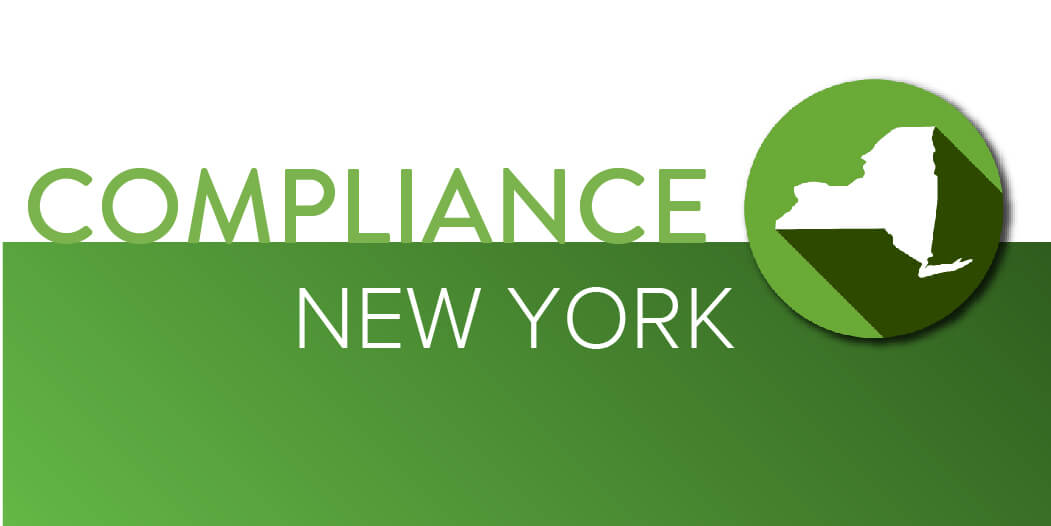How the MTA Tax Works in New York

In the thorny jungle of New York state taxation, very little is more ambiguous, less understood, and possibly more resented than the Metropolitan Commuter Transportation Mobility Tax (MCTMT), also known as the "MTA Tax."
Relatively speaking, it's a small tax. However, it requires detailed calculations, and liability can fluctuate per quarter, so small businesses must be on top of it four times per year per employee.
As if you don't have enough on your plate already.
Worry no more. This article will tell you everything you need to know about the MTA tax and how to manage it, so you can focus on working on your business, not in the trenches of compliance.
What is the MTA Tax?
The MTA (Metropolitan Transportation Authority) tax is a payroll tax imposed on employers and self-employed individuals who operate within the Metropolitan Commuter Transportation District (MCTD) in New York State.
Like other payroll taxes, you'll incur fines and penalties if you don't pay the MTA tax.
And don't forget about your employees. Clear communication with them is essential because you'll take the MTA tax out of their paycheck.
- How Does the MTA Tax Work?
- How the MTA Tax is Calculated
- How Does the MTA Tax Affect Small Businesses?
- When is the MTA Tax Due?
How Does the MTA Tax Work?
The MTA Tax is imposed within the far-reaching Metropolitan Commuter Transportation District. It includes the five New York City boroughs:
- Manhattan
- Bronx
- Brooklyn
- Queens
- Staten Island
Rockland, Nassau, Suffolk, Orange, Putnam, Dutchess, and Westchester counties also make the list. They're the most populous counties in the state.
The tax helps shoulder the public-service burden created by employers and self-employed individuals who work in the state and regularly utilize New York City public transportation services.
Who Needs to Pay the MTA Tax?
Employers and self-employed individuals operating within the MCTD must register for the tax and file quarterly returns, even if they don't have any employees.
MCTD determines whether an employee is a "covered employee" based on four broad factors:
- Localization
- Base of operations
- Place of direction and control
- Residence
For MCTMT purposes, an employee who meets any of these tests is considered a covered employee. Additional information about these complex tests is available from the state department of taxation and finance.
How is the MTA Tax Calculated?
While there are several exemptions, the MTA tax applies to those required to withhold New York state income tax from wages when payroll expense exceeds $312,500 in any calendar quarter.
The rates are relatively low, but the amount due is your payroll expense for all covered employees per calendar quarter multiplied by the applicable MCTMT rate (0.11%, 0.23%, or 0.34%).
To comply, employers must file Form MTA-305, Employer's Quarterly Metropolitan Commuter Transportation Mobility Tax Return.
Wages and other compensation, including bonuses or commissions, subject to Social Security taxes and railroad retirement taxes and paid to covered employees, are considered "payroll expenses" as far as MCTMT liability is concerned.
Who is Exempt?
Note: These exemptions may be subject to change and may vary depending on the employer's or individual's specific circumstances.
- The tax does not apply to certain government entities and non-profit organizations.
- Tax exemptions may be available for small businesses with payrolls under a certain threshold.
- There may also be exemptions or credits available to employers outside the MCTD with employees who work within the MCTD.
- Employees who work less than 4 hours per week within the MCTD are also exempt from the tax.
How Does the MTA Tax Affect Small Businesses?
Partnerships and limited liability companies doing business in the MCTD are subject to MCTMT based on their share of the partnership's net self-employment earnings.
Certain conditions need to be met by a partnership in order for them to be approved for filing a group reconciliation return on behalf of its partners, both residents, and non-residents, who elect to participate in such a return.
Two or more qualified partners in a partnership can file as a group, and each partner has the same filing period, so a partnership can file as a group.
One partner would have to act as the group agent when it comes to MCTMT payments.
This is just a summary — other relevant provisions and exceptions may apply to your business.
Related: Payroll Services for Small Businesses
When is the MTA Tax Due?
The tax is due on the last day of the month following the end of the previous quarter: April 30, July 31, October 31, and January 31.
Depending on income, your MTA tax liability can fluctuate per quarter, and refunds can be filed should you overpay. MCTMT returns must be filed online and are due on the last day of each quarter.
No extensions to file or pay the tax are available.
The MTA Tax: Find Out if it Affects You
If your head's still spinning, that's normal.
This small yet significant tax can be a minefield to navigate. And the last thing you need is a hefty fine because you're not compliant.
At ConnectPay, payroll processing is our bread and butter. But we know that payroll taxes cause many headaches for small businesses.
That's why we have a dedicated in-house tax team who can answer your questions and put your mind at ease.
Got questions about the MTA tax or any other tax queries? Reach out to your New York ConnectPay service today!






